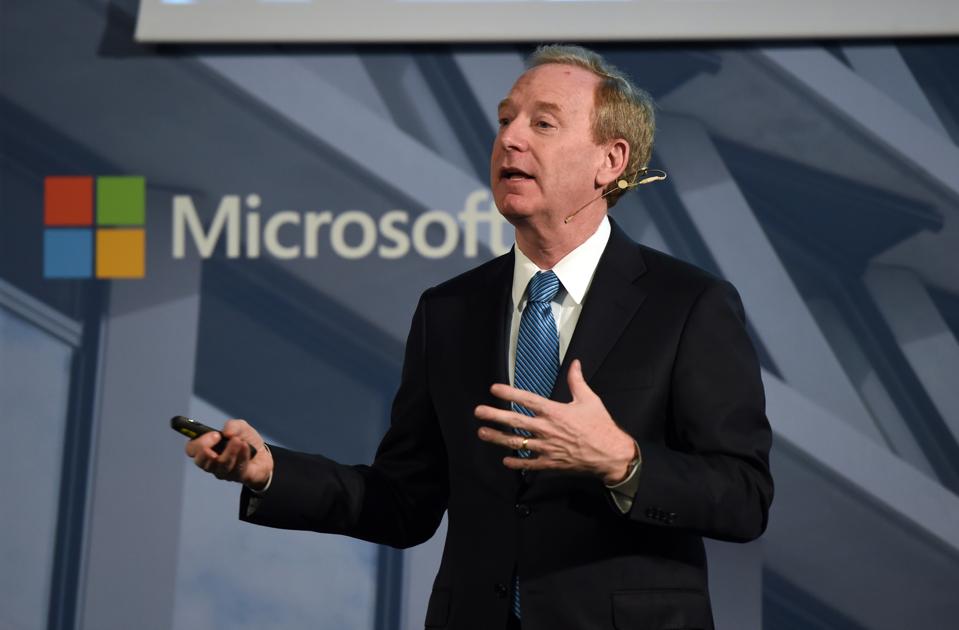From Headcount Growth to Efficiency
The world and workplace are changing at very high velocity. For the first time in history, many CEOs want to run their companies with fewer people, both today and in the future. In the past, a company’s success and growth were often measured by the growth of its employee base. In technology, this was even more pronounced. Headcount expansion was seen as a signal of hypergrowth and often reflected in soaring valuations. This came to a sudden halt after Covid, marked by Mark Zuckerberg’s announcement of Meta’s “year of efficiency,” which ushered in a sharper focus on employee performance and evaluation. Historically, headcount reductions were event-driven: recessions, downturns, or external shocks to the job market. Today, by contrast, most companies are performing well financially yet are choosing to prioritize fewer, higher-density employees. This shift is not being driven by splashy layoff announcements but by subtler practices: hiring freezes and a halt to backfilling roles vacated through natural attrition. For large companies, these numbers add up quickly. Just ask anyone job-hunting today. It is arguably one of the toughest employment markets in decades, and it may only be the beginning of a long-term shift toward fewer employees.
The End of Activity-Based Work
Inside companies, the employee experience is also changing. Since the dawn of knowledge work, value has been measured largely by “activities.” Employees attend meetings, generate insights, codify them in PowerPoint, Excel, or Google Docs, and repeat the cycle until a decision is reached. In the emerging Age of AI, this premium on activity is rapidly approaching zero. AI will excel at creating “content,” while humans will provide “context.” Employees will work alongside AI agents, using context engineering to generate faster, more decision-ready outputs. This will cut down on repetitive activities and dramatically reduce the need for endless meetings. Historically, a small percentage of employees distinguished themselves not by activities but by building trust, being team-oriented, prioritizing effectively, and showing judgment. These individuals were promoted faster. Now, as activity-based work disappears, latent capacity will open for everyone to differentiate on these higher-order dimensions. The open question is whether this will remain concentrated among a small group or spread more broadly as AI frees up capacity.
Becoming Bilingual: Business and AI
Amid this uncertainty, a paradox emerges: the path to opportunity runs directly through AI. The first step for every employee is to become “bilingual,” mastery of their function combined with fluency in applying AI reflexively to their work. This is far beyond casual use of ChatGPT or Claude for personal tasks. It means starting every professional task with AI, embedding tools into workflows, and leveraging employer-provided platforms to full effect. Employees who make AI one of their superpowers will accelerate rapidly, while those who resist may quickly fall behind. Many young professionals, ages 25 to 30, are worried about AI disrupting their careers. Their mindset is defensive rather than offensive. The real opportunity is to harness AI early, outpacing not just peers but managers two or three levels above who are slow to adapt. This moment offers a rare generational chance for upward disruption, not just survival, assuming you reflexively harness the potential of the technology and develop the interpersonal skills by developing trust, exercising sound judgment, and collaborating effectively with others.
Human Factors as the New Differentiator
As AI agents rise, the human factors will matter more than ever. The past five years, marked by lockdowns, remote work, and heavy reliance on digital interaction, have left many people less socially capable. This regression is especially acute among younger generations, where social media and technology have muted pro-social development. One person quipped: “How do you tell an extroverted young person today? They stare at your shoes instead of their own.” The issue is so pronounced that some consulting firms have begun offering social training courses for new hires. But it is not limited to younger workers. Many employees of all ages have regressed socially, just as interpersonal skills are becoming critical again. In this new environment, employees who can build trust, lead teams, and exercise sound judgment will have a distinct edge. Daniel Goleman’s work on emotional intelligence has never been more relevant. As Workday CEO Carl Eschenbach recently shared with Diana Brady, “it’s all about making sure the human remains in the center of everything we’re doing, that AI is just a technology.” The ability to demonstrate empathy, harness team dynamics like building trust, and integrate human collaboration with AI agents will further separate those who thrive from those who fall behind.
The Bottom Line
AI is redefining both how many employees companies need and how those employees create value. This shift touches every level, from entry-level roles to the CEO. Activity is no longer the currency of work; reflexive use of AI is. Those who can fuse context, judgment, and emotional intelligence with fluency in AI will be the ones who thrive in the new era of work. As Aaron Levie, Box’s Co-Founder and CEO, recently mentioned in an X post, skilled jobs won’t completely disappear with AI. In fact, the opposite is true. The most skilled workers in highly skilled jobs will be even more productive and valuable for their organizations by leveraging the new technologies that emerge.

